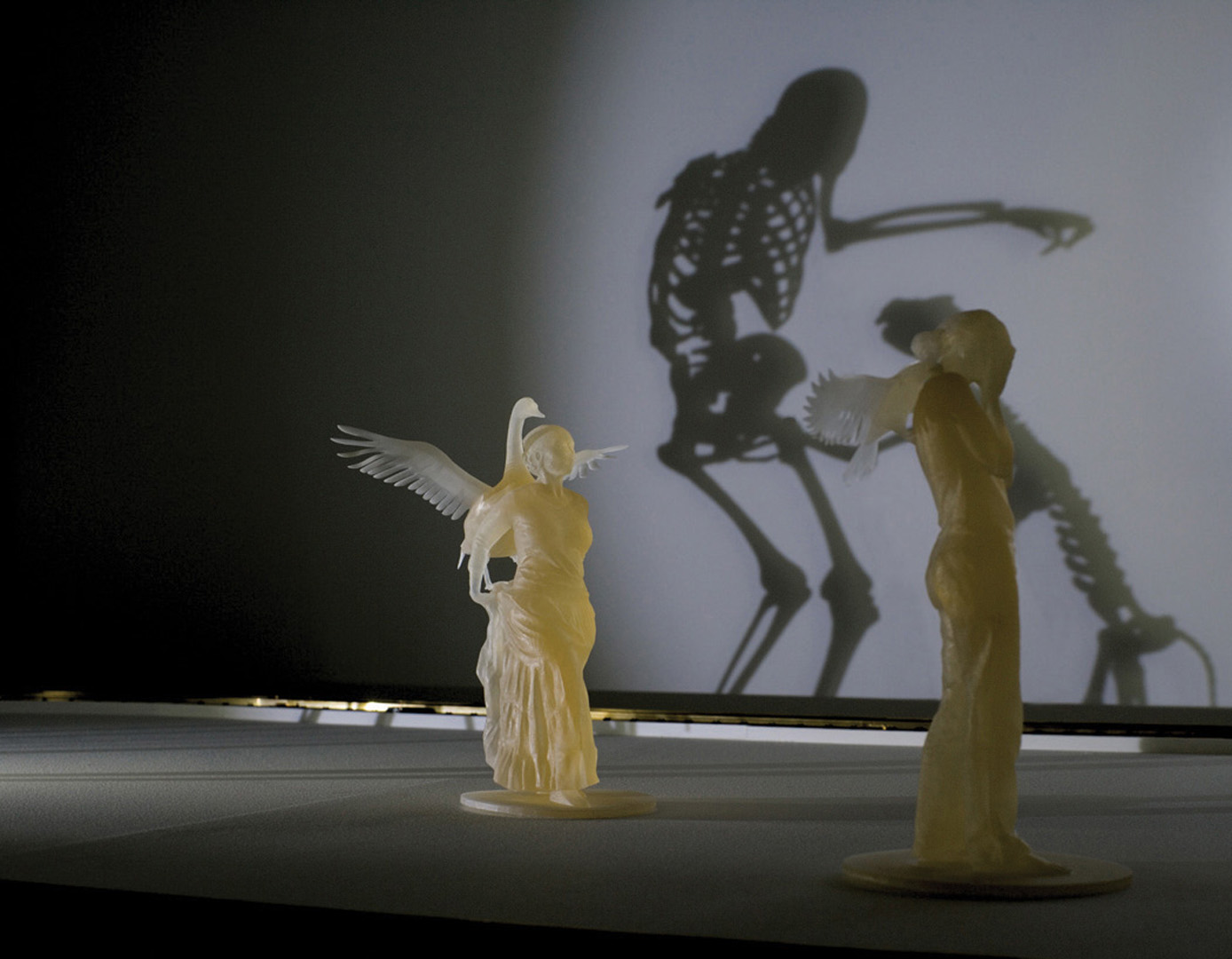“From Wunderkammern to Kinect – The Creation of Shadow Worlds” by Lewis, Mojsiewicz and Pettican
Conference:
Type(s):
Title:
- From Wunderkammern to Kinect – The Creation of Shadow Worlds
Presenter(s)/Author(s):
Abstract:
This paper focuses on two projects, Still Life No. 1 and Shadow Worlds | Writers’ Rooms [Brontë Parsonage], to reveal the creative approaches the authors take to site, technology, and the self in their production of shadow worlds as sites of wonder. Informed by the uncanny (re-animation and the double) and an interest in the limen (thresholds in the real and virtual realms), the projects explore white light and infrared digital 3D scanning technologies as tools for capture and transformation. The authors will discuss how they suture the past with the present and ways that light slips secretly between us, revealing other realms.
References:
1. Brass Art, www.brassart.org.uk.
2. B.M. Stafford, Devices of Wonder (Los Angeles: Getty Research Institute, 2001) 2.
3. The Whitworth Gallery (www.whitworth.manchester.ac.uk/) and Manchester Museum (www.museum.
manchester.ac.uk/) are both part of Manchester University. The commission by The Whitworth for the
international group exhibition Dark Matters: Shadow Technology Art (www.whitworth.manchester.ac.uk/
whatson/exhibition/ darkmatters) gave Brass Art a unique opportunity to gain access to the museum stores
and the expertise of individual curators. Still Life No. 1 was supported by the Association of Art Historians,
the University of Huddersfield, Ogle Models and Prototypes Ltd, and Huntsmen. darkmattersart.com
4. M. Kingwell, “Husserl’s Sense of Wonder,” The Philosophical Forum Vol. 31, Issue 1, 85 (2000).
5. C. Olalquiaga, “Object Lesson / Transitional Object,” Cabinet Issue 20, Ruins (2005/06).
6. Digital Doubles, www.digitaldoubles.org.
7. Scanning at Manchester Metropolitan University, School of Engineering, United Kingdom. 3D body
scanning supported by Wicks and Wilson Ltd., United Kingdom.
8. 3D data were repaired at Liverpool National Museum’s Conservation Technologies Department and
printed at Ogle Models Ltd., United Kingdom, with sponsorship from Huntsmen.
9. The circular table for Still Life No. 1 with motorized revolving light was designed by theater engineer Andy
Plant. This enabled Brass Art to move away from the garden model railway sets, which had facilitated linear
light locomotion in previous installations (Moments of Death and Revival) and return the audience’s focus
to the shadow play.
10. S. Greenblatt, “Resonance and Wonder,” Bulletin of the American Academy of Arts and Sciences Vol. 43, No.
4, 11–34 (January 1990).
11. The Brontë Parsonage was the family home from 1820 to 1861. Charlotte’s novel Jane Eyre (1847), Emily’s
Wuthering Heights (1847), and Anne’s The Tenant of Wildfell Hall (1848) were written in this house. The
Brontës, who published under the pseudonyms of Currer, Ellis, and Acton Bell, were acknowledged at the
time for their directness and powerful emotional energy, qualities which were sometimes interpreted by the
critics as “coarse” and “brutal.” www.bronte.info/
12. In 2009, we researched the potential of using Lidar scanning for a commission at the Lyric Theatre,
Hammersmith, London, to capture both the outside of the building during its architectural transformation
and performances that took place within its interior. Our aim had been to composite these viewpoints and
to focus on the negative spaces within the process – in other words, focus on what was most often unseen.
A colleague, Spencer Roberts, working with the Kinect, was interested in how we envisaged using the
technology to explore the shadows created in the captured data, and a collaboration was formed.
13. V.I. Stoichita, A Short History of the Shadow (London: Reaktion Books, 1997) 171.
14. V.I. Stoichita, A Short History of the Shadow (London: Reaktion Books, 1997) 145.
15. V.I. Stoichita, A Short History of the Shadow (London: Reaktion Books, 1997) 185.
16. Simon Pantling, www.pantlingstudio.com/.
17. Spencer Roberts, author of custom-built software for Kinect, spencerroberts.artsident.org/.
18. R. Descartes, Discourse on Method and the Meditations (Harmondsworth, United Kingdom: Penguin
Classics, 1968) 110.





